Home>Dining>Tableware>How To Care For Sterling Silver Tableware
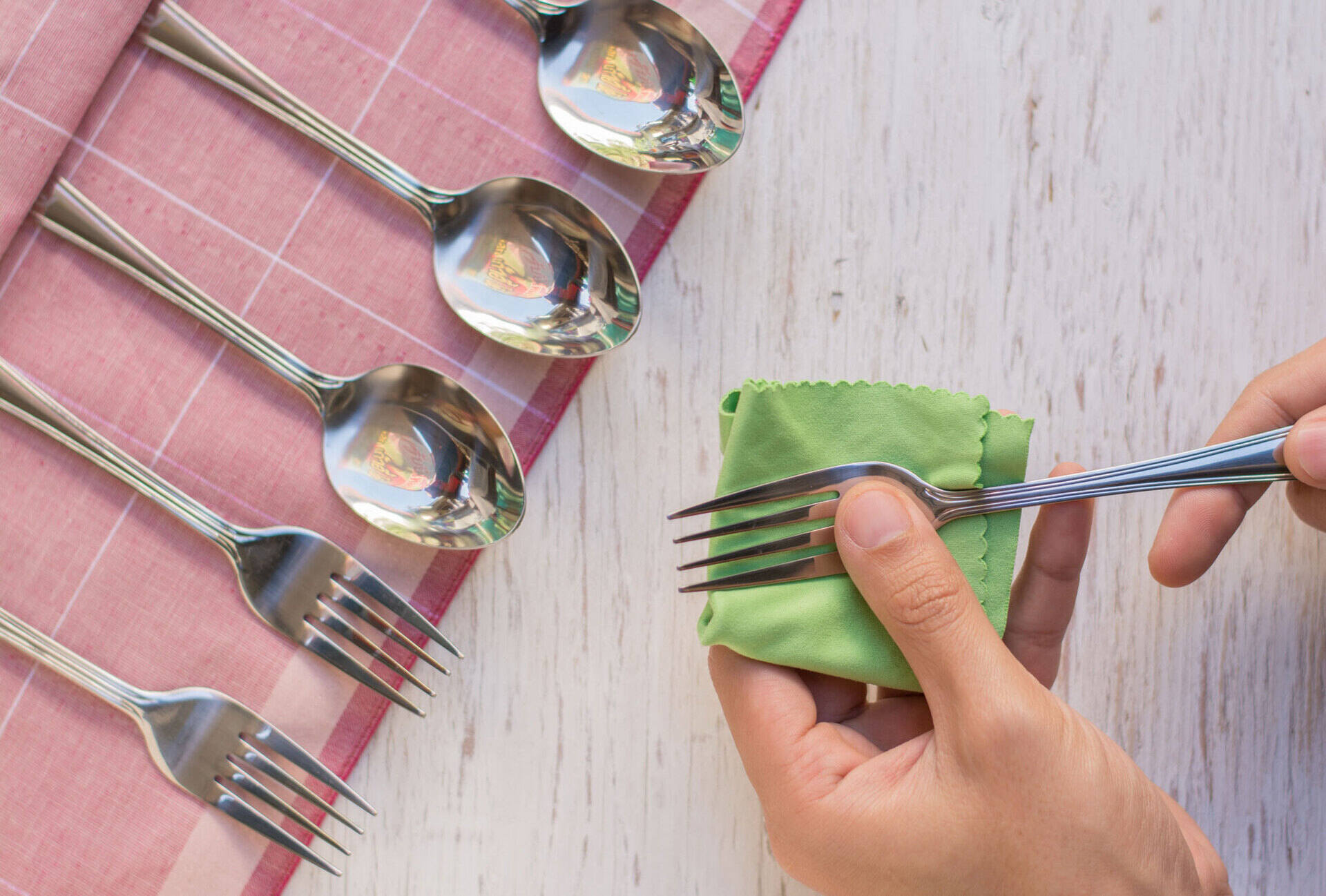

Tableware
How To Care For Sterling Silver Tableware
Modified: January 18, 2024
Learn how to properly care for your sterling silver tableware to keep it looking beautiful and tarnish-free. Discover essential tips and tricks for maintaining the shine and longevity of your tableware.
(Many of the links in this article redirect to a specific reviewed product. Your purchase of these products through affiliate links helps to generate commission for Storables.com, at no extra cost. Learn more)
Introduction
Welcome to the world of sterling silver tableware! If you appreciate elegance and sophistication in your dining experience, then investing in sterling silver tableware is a must. The beauty and timeless appeal of sterling silver make it a popular choice for both formal and informal dining settings. However, to maintain its lustrous shine and longevity, proper care and maintenance are essential.
In this article, we will explore the various aspects of caring for your sterling silver tableware. From understanding the unique characteristics of sterling silver to effective cleaning and polishing techniques, we have got you covered. Additionally, we will provide tips for storing your silverware and preventing tarnish, ensuring that your tableware remains impeccable for years to come.
So, let’s dive into the world of sterling silver tableware and discover how to keep your pieces shining bright!
Key Takeaways:
- Embrace the luxury and timeless appeal of sterling silver tableware by understanding its unique characteristics and following proper care techniques to maintain its beauty and elegance for years to come.
- Regular cleaning, polishing, and proper storage are essential to prevent tarnish and preserve the lustrous shine of your sterling silver tableware. By following preventive measures and handling tips, you can ensure the longevity and value of your treasured pieces.
Understanding Sterling Silver
Sterling silver is a stunning and valuable material that is widely used in the creation of fine tableware. It is a combination of 92.5% pure silver and 7.5% other metals, typically copper. The addition of these alloys enhances the strength and durability of the silver, making it suitable for everyday use.
One factor to note about sterling silver is its tendency to tarnish over time. Tarnish occurs due to the reaction of silver with sulfur compounds in the air, resulting in a dull and tarnished appearance. However, proper care and cleaning can effectively remove tarnish and restore the shine of your sterling silver tableware.
It is important to note that sterling silver tableware can vary in terms of design and craftsmanship. Pieces may feature intricate designs, engravings, or even embellishments with gemstones. While these details add to the beauty of the tableware, they can also require extra care during cleaning and polishing to ensure that they remain intact.
Whether you have a complete set of sterling silver tableware or a few special pieces, understanding the value and uniqueness of this material will help you appreciate and care for it even more.
Next, let’s explore the proper cleaning techniques to keep your sterling silver tableware looking its best.
Cleaning Sterling Silver Tableware
Cleaning your sterling silver tableware regularly is crucial to maintain its beauty and shine. Here are the steps to safely and effectively clean your silverware:
- Start by rinsing your tableware with mild dish soap and warm water. Avoid using harsh chemicals or abrasive cleaners, as they can damage the silver. Use a soft cloth or sponge to gently remove any food particles or stains.
- If your silverware has stubborn tarnish or stains, you can create a paste using baking soda and water. Apply the paste to the tarnished areas and gently rub with a soft cloth. Rinse thoroughly and dry with a clean cloth.
- For intricate designs or engravings, use a soft-bristled toothbrush or a silver cleaning brush to clean hard-to-reach areas. Be gentle to avoid scratching or damaging the silver surface.
- Once your tableware is clean, thoroughly rinse it with warm water to remove any cleaning residue. Ensure that you dry the silverware completely with a soft, lint-free cloth to prevent water spots or stains.
Remember, never use a dishwasher to clean sterling silver tableware. The harsh detergents and high heat can cause damage and lead to tarnishing or even deformation of the pieces.
Now that your silverware is clean, let’s move on to the next step to restore its brilliant shine – polishing.
Polishing Sterling Silver Tableware
Polishing your sterling silver tableware not only restores its shiny appearance but also helps prevent tarnish from forming. Follow these steps to effectively polish your silverware:
- Choose a high-quality silver polish or a silver polishing cloth specifically designed for sterling silver. Avoid using abrasive materials or generic metal polishes, as they can scratch or damage the surface.
- Apply a small amount of polish onto a soft, lint-free cloth. Gently rub the polish onto the silverware in a circular motion, focusing on areas that are tarnished or dull. Take care when polishing intricate details to avoid excessive pressure that could remove any delicate decorations.
- Continue polishing until you see the tarnish being lifted and the silverware is starting to regain its shine. If necessary, apply more polish and repeat the process.
- Once the tarnish is removed, rinse the silverware with warm water to remove any residue from the polish. Dry thoroughly with a soft cloth to prevent water spots.
Avoid using excessive force or harsh abrasives when polishing, as this can remove the thin layer of silver and damage the tableware. Remember to always follow the instructions provided by the manufacturer regarding the use of specific silver polishes or cloths.
Regular polishing will not only keep your sterling silver tableware looking its best but also help maintain its value and longevity.
Now that your silverware is clean and polished, let’s move on to the next step to ensure proper storage and prevent tarnish.
To care for sterling silver tableware, hand wash with mild soap and water, dry immediately with a soft cloth to prevent tarnishing, and store in a tarnish-resistant cloth or container when not in use. Avoid using harsh chemicals or abrasive materials.
Storing Sterling Silver Tableware
Proper storage is essential to protect your sterling silver tableware from tarnish and scratches. Here are some tips to keep your silverware safe and in pristine condition:
- Before storing your silverware, ensure that it is completely dry. Moisture can lead to tarnish, so make sure to dry your silverware thoroughly with a soft cloth.
- Wrap each individual piece in a soft, non-abrasive cloth, such as flannel or felt. This will help prevent scratches and minimize contact with air, slowing down the tarnishing process.
- Avoid using plastic or rubber for wrapping, as they can react with the silver and cause tarnish. Stick to natural fabrics that are specifically made for storing silverware.
- Consider using anti-tarnish strips or sheets, which absorb moisture and release an anti-tarnish agent to protect the silverware. Place these strips or sheets in your storage container to provide an extra layer of tarnish protection.
- Store your wrapped silverware in a cool, dry place away from direct sunlight. Excessive heat and humidity can accelerate tarnishing, so choose a storage location that maintains stable temperature and humidity levels.
- If you have a larger silverware collection, consider investing in a lined silver chest or a storage case specifically designed for silverware. These containers provide added protection and organization for your tableware.
By following these storage practices, you can help prolong the beauty and quality of your sterling silver tableware for years to come.
Now that you know how to properly care for and store your silverware, let’s explore some preventative measures to minimize tarnish.
Read more: How To Store Sterling Silver
Preventing Tarnish on Sterling Silver Tableware
Tarnish is a natural process that occurs on sterling silver due to its reaction with sulfur compounds in the environment. While regular cleaning and polishing can remove tarnish, taking preventive measures can help minimize its formation. Here are some tips to prevent tarnish on your sterling silver tableware:
- Use your silverware frequently: Regular use and handling of your silverware can actually help prevent tarnish. The natural oils from your hands create a protective barrier on the surface, slowing down the tarnishing process.
- Avoid exposing silverware to direct sunlight: UV rays can accelerate the tarnishing process. Store your silverware in a cool, dark place when not in use to protect it from sunlight.
- Keep silverware away from household chemicals: Chemicals like bleach, ammonia, and some cleaning products can cause tarnish or damage to your silverware. Be cautious when using these substances around your tableware.
- Remove tarnish promptly: Don’t let tarnish sit on your silverware for extended periods. Regularly inspect your pieces and address any tarnish as soon as you notice it. The sooner you remove the tarnish, the easier it will be to restore the shine.
- Avoid contact with rubber or sulfur-containing materials: Rubber bands, rubber gloves, and sulfur-containing materials like eggs can cause tarnish. Keep your silverware away from these items during storage.
- Consider using anti-tarnish products: Anti-tarnish strips, bags, or papers are designed to absorb moisture and neutralize tarnish-causing gases. Place them in your silverware storage area to help minimize tarnish formation.
- Regularly clean and polish your silverware: As mentioned earlier, keeping your silverware clean and polished helps remove tarnish and prevents it from building up. Make it a habit to clean and polish your silverware on a regular basis.
By following these preventive measures, you can significantly reduce the occurrence of tarnish on your sterling silver tableware and preserve its brilliance and beauty.
Now that you are equipped with the knowledge to prevent tarnish, let’s move on to some valuable tips for handling your sterling silver tableware.
Tips for Handling Sterling Silver Tableware
Proper handling techniques are essential to avoid damage and maintain the quality of your sterling silver tableware. Here are some valuable tips to keep in mind:
- Handle silverware with clean hands: Before touching your silverware, make sure your hands are clean and free from oils, lotions, or any other substances that could transfer onto the silver.
- Avoid using abrasive materials: When cleaning, polishing, or drying your silverware, use soft and non-abrasive materials such as cotton cloths or microfiber towels. Avoid using rough sponges or paper towels that can scratch the surface.
- Handle silverware one piece at a time: Avoid stacking or clinking silverware together as it can cause scratches or damage. Hold each piece individually when cleaning, polishing, or storing.
- Do not use silverware for non-food purposes: To prevent damage, avoid using your silverware for purposes other than serving or eating food. Using silver spoons for stirring acidic or corrosive substances can etch the silver surface.
- Avoid exposure to extreme temperatures: Extreme heat or cold can cause the silver to expand or contract, leading to potential damage. Avoid placing silverware in direct contact with hot surfaces or using them in extremely cold environments.
- Be cautious with silver-plated items: If you have silver-plated tableware, be aware that the thin layer of silver can wear off over time. Take extra care when cleaning, polishing, and handling plated items to avoid damaging the silver layer.
- Have your silverware professionally serviced: If you have heirloom or valuable silverware, consider having it professionally serviced from time to time. Silverware experts can assess the condition, repair any damage, and offer specialized cleaning and restoration services.
By following these tips, you can handle your sterling silver tableware with care and maintain its beauty and integrity for generations to come.
Now that you have learned how to properly care for and handle your sterling silver tableware, it’s time to conclude our guide.
Conclusion
Caring for your sterling silver tableware is essential to preserve its beauty, shine, and value. By understanding the unique characteristics of sterling silver, you can take the necessary steps to keep your tableware looking its best.
Regular cleaning and polishing help remove tarnish and restore the lustrous shine of your silverware. Remember to use gentle cleaning agents and soft cloths to avoid scratching the surface. Proper storage is also crucial to prevent tarnish and damage. Wrap your silverware in non-abrasive cloth and store it in a cool, dry place away from direct sunlight.
Preventing tarnish involves avoiding exposure to chemicals, using your silverware frequently, and promptly removing tarnish as it appears. By following these preventive measures, you can minimize the formation of tarnish and extend the longevity of your tableware.
When handling your sterling silver tableware, ensure your hands are clean, and use soft materials to clean, polish, and dry your silverware. Avoid stacking or clinking silverware to prevent scratches and damage. Remember that proper care and handling will help maintain the quality and value of your silverware.
Whether you have a complete set of sterling silver tableware or a few treasured pieces, taking the time to care for them will ensure their lasting beauty and elegance. With regular maintenance and attention, your sterling silver tableware will be a cherished part of your dining experience for years to come.
So, embrace the luxury and timeless appeal of sterling silver tableware, and enjoy the elegance it brings to your dining table.
Frequently Asked Questions about How To Care For Sterling Silver Tableware
Was this page helpful?
At Storables.com, we guarantee accurate and reliable information. Our content, validated by Expert Board Contributors, is crafted following stringent Editorial Policies. We're committed to providing you with well-researched, expert-backed insights for all your informational needs.
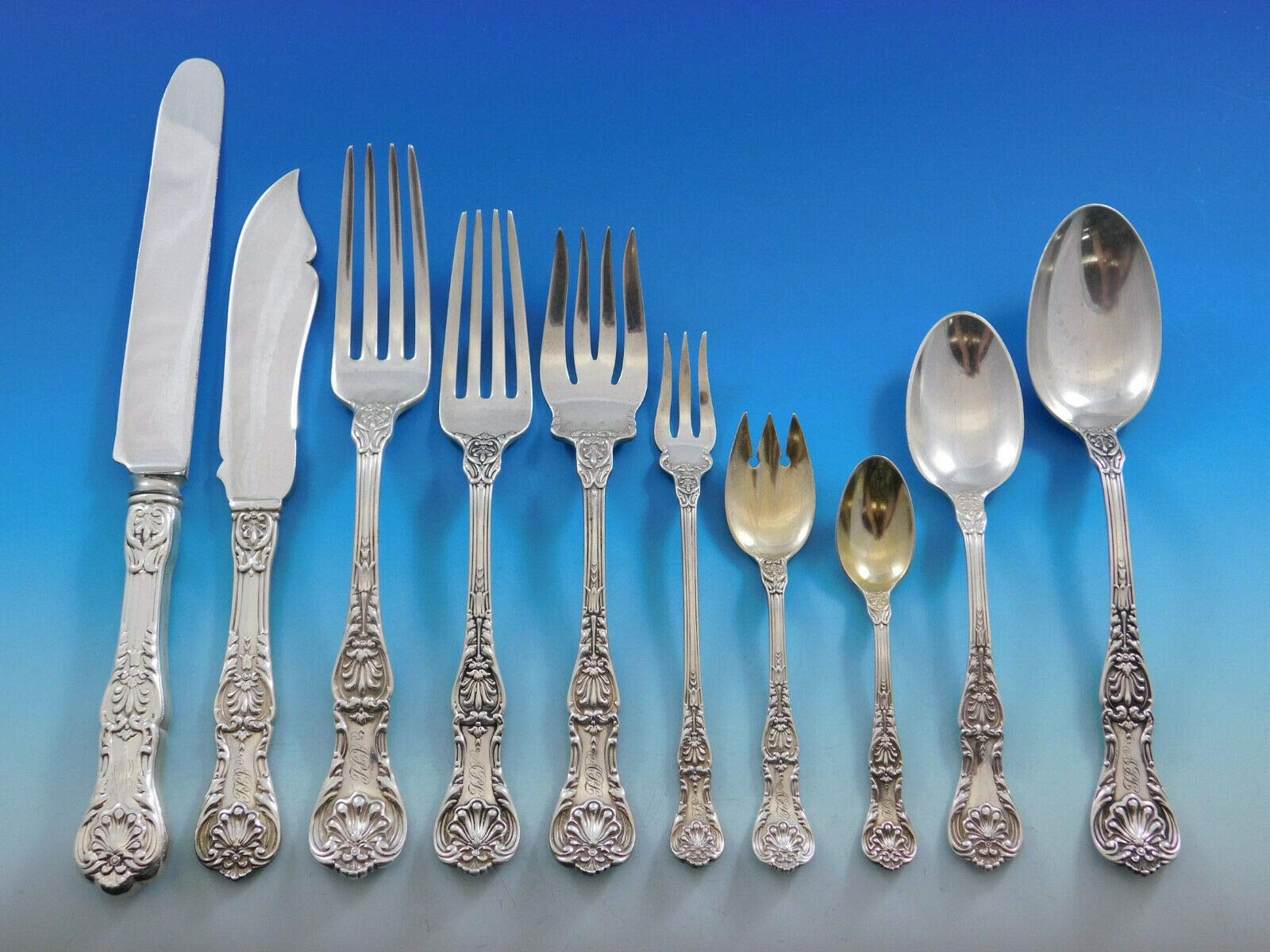
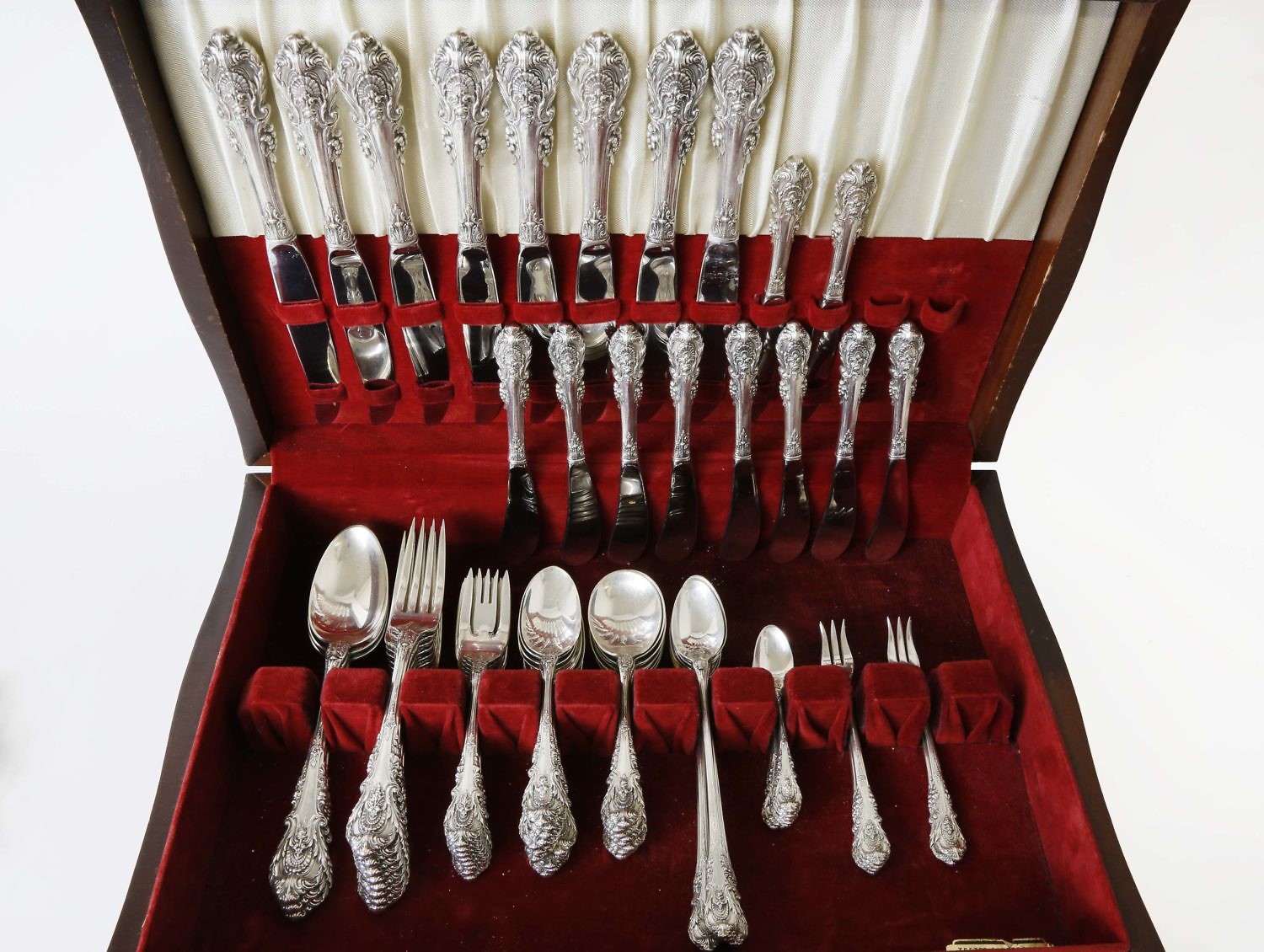
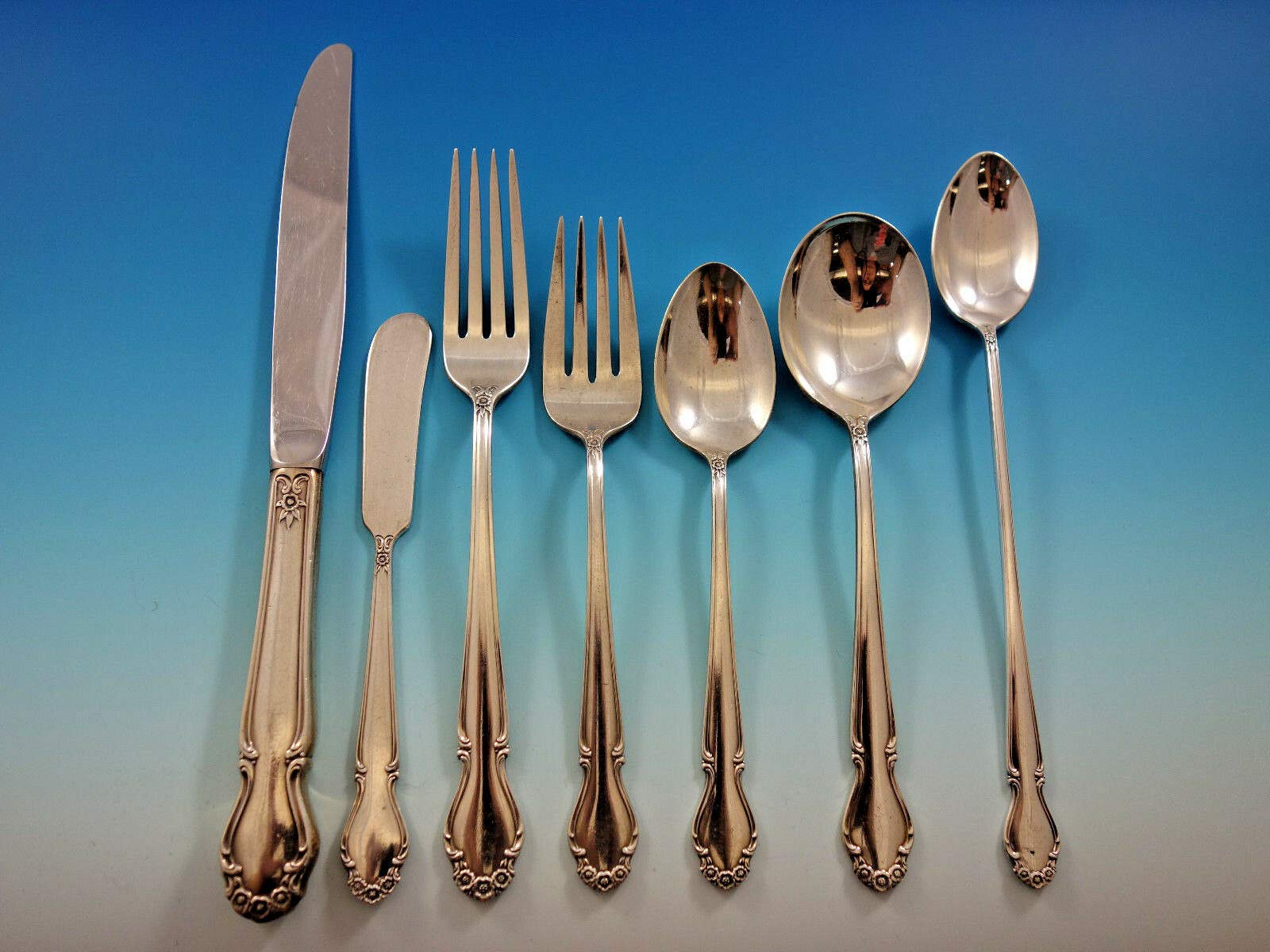
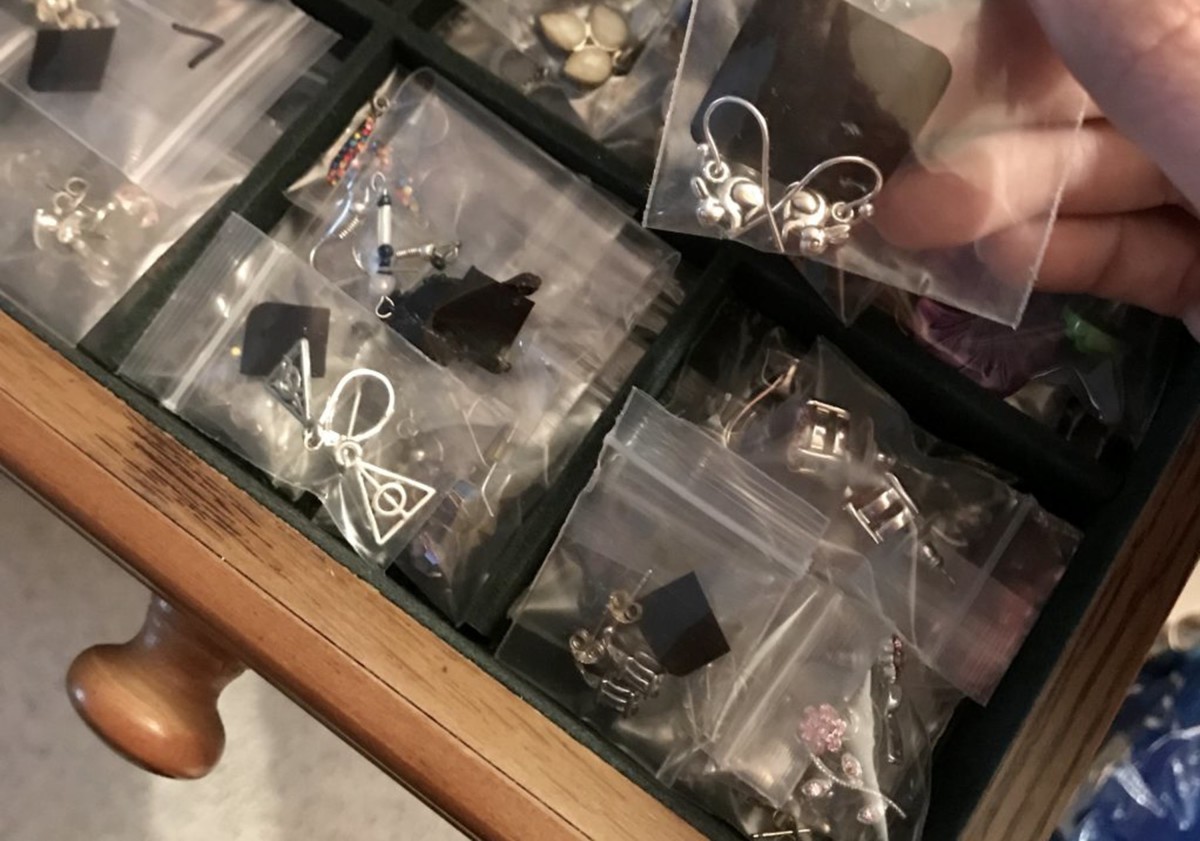
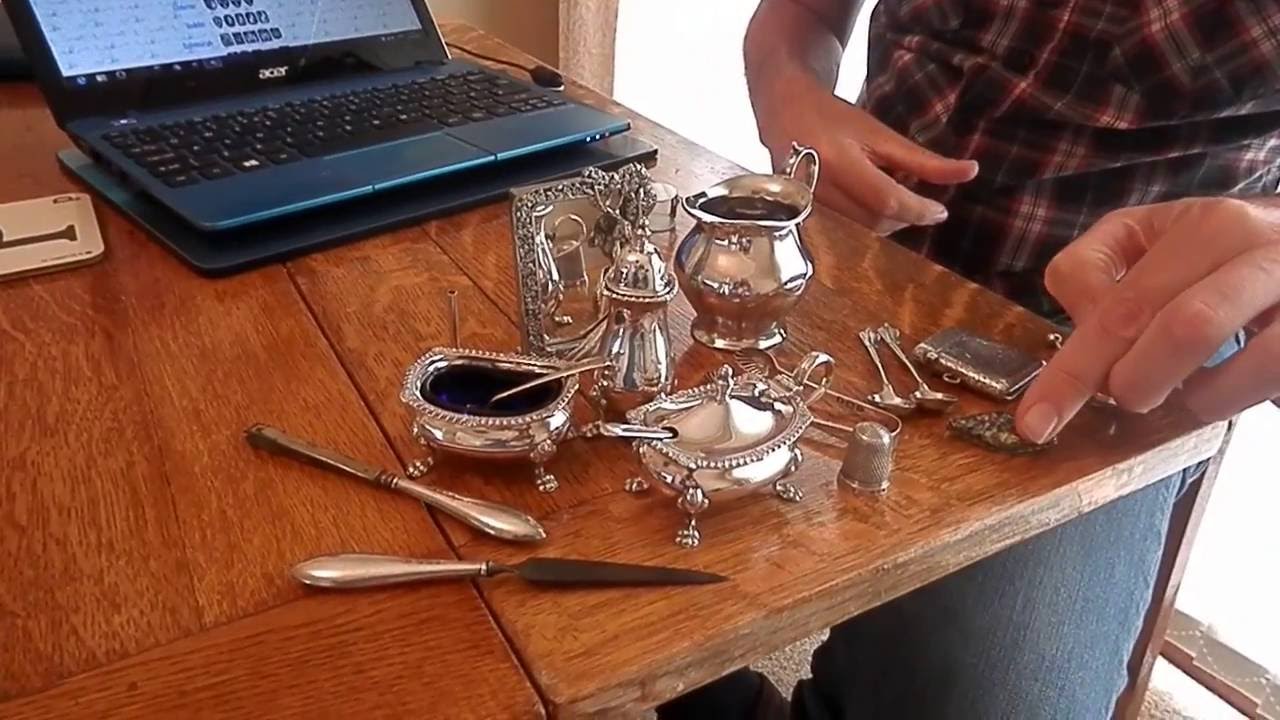
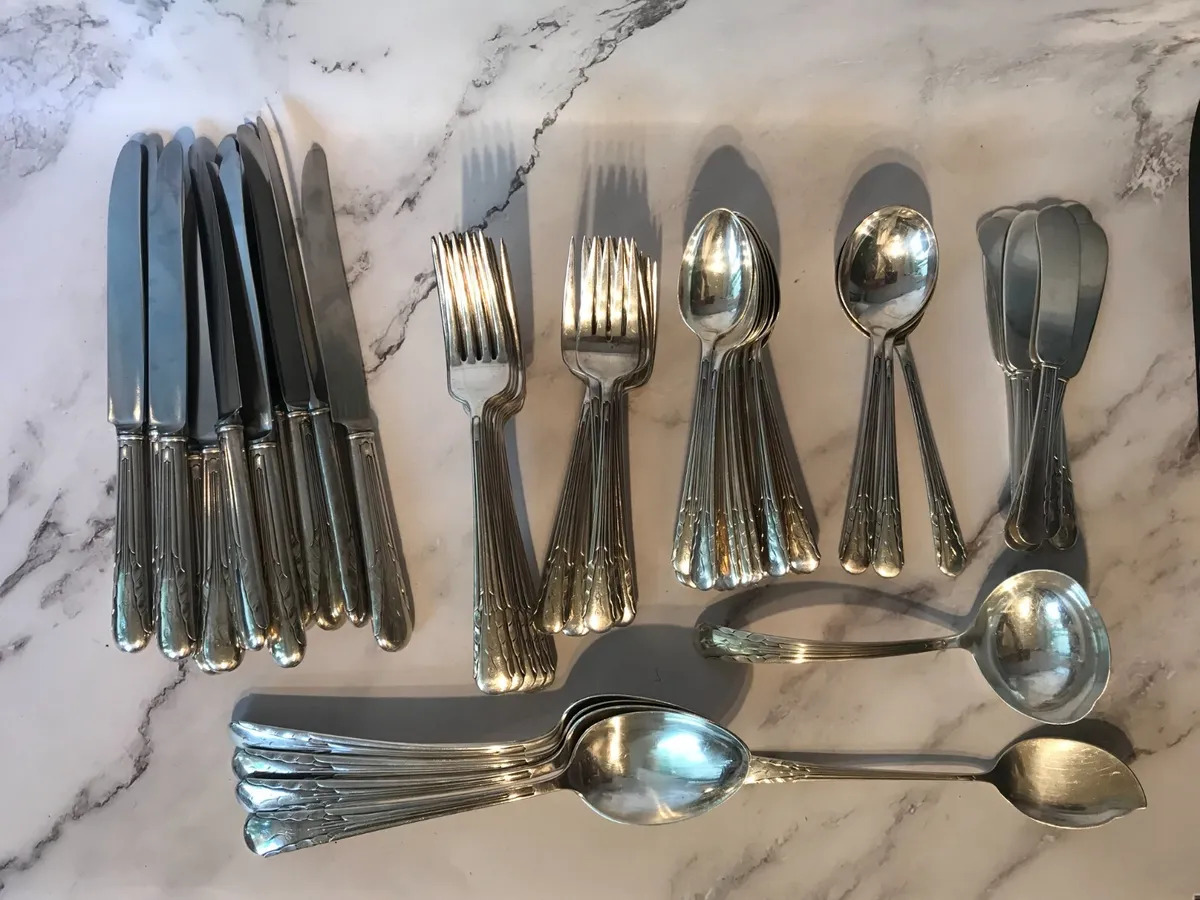
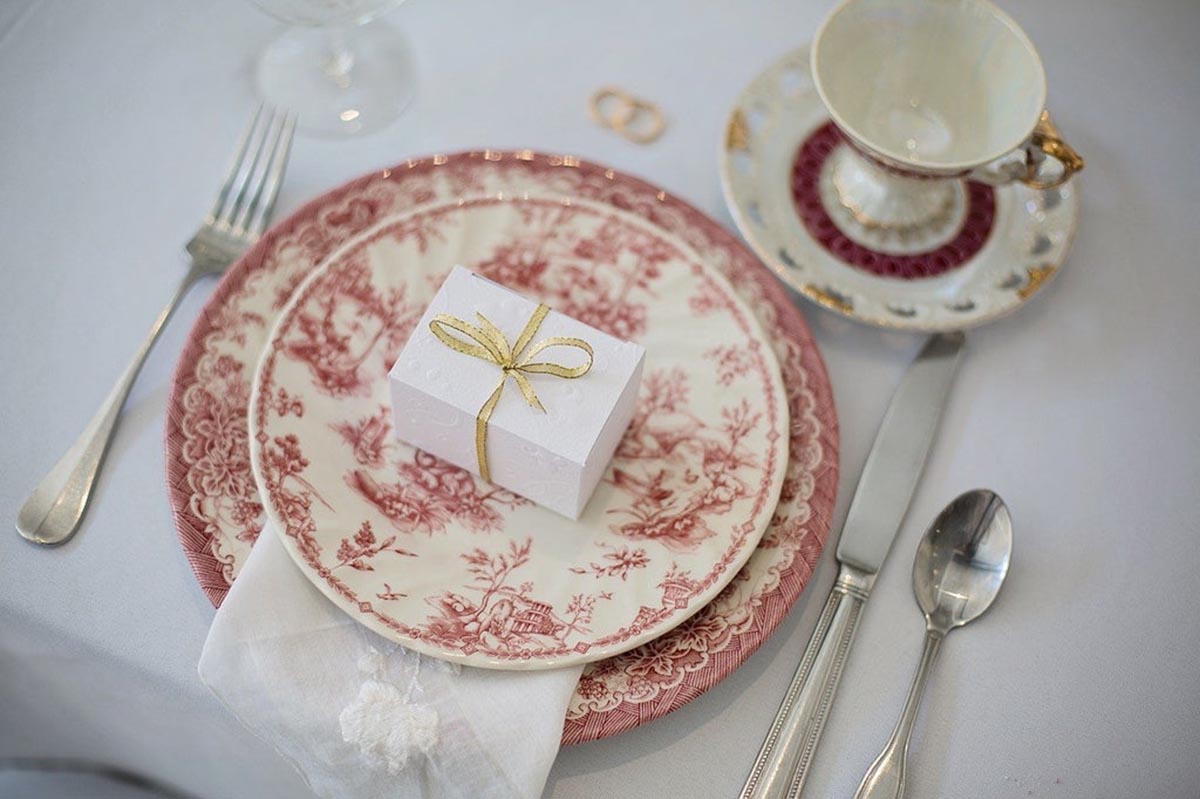
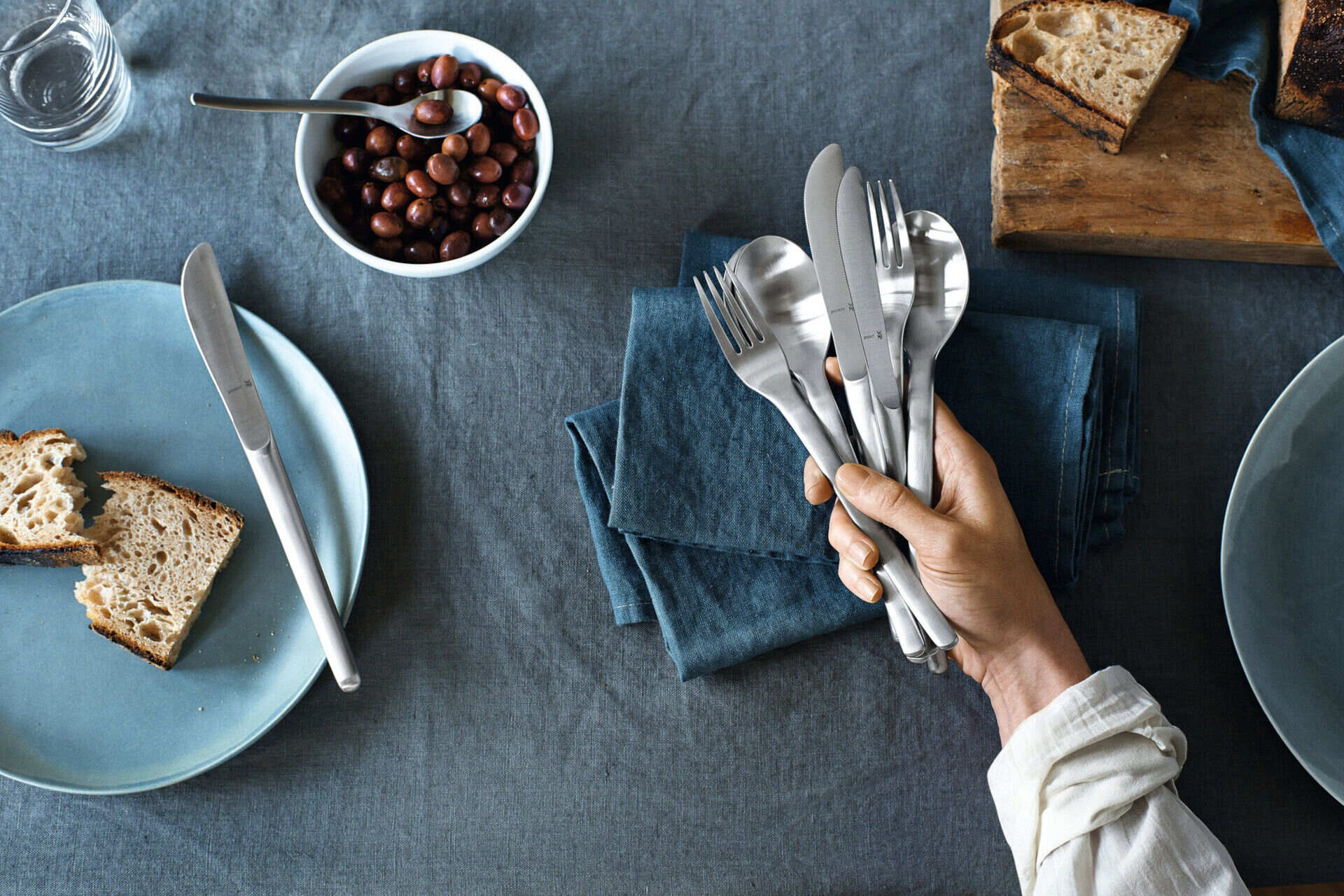
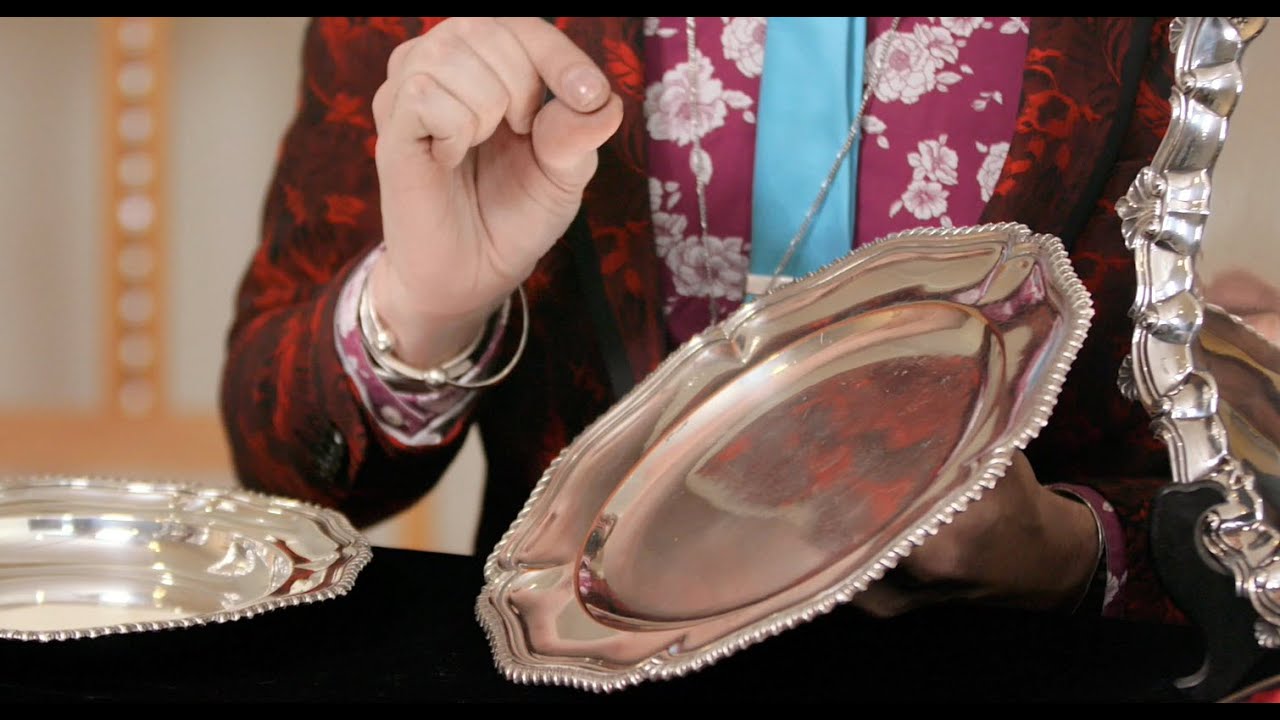
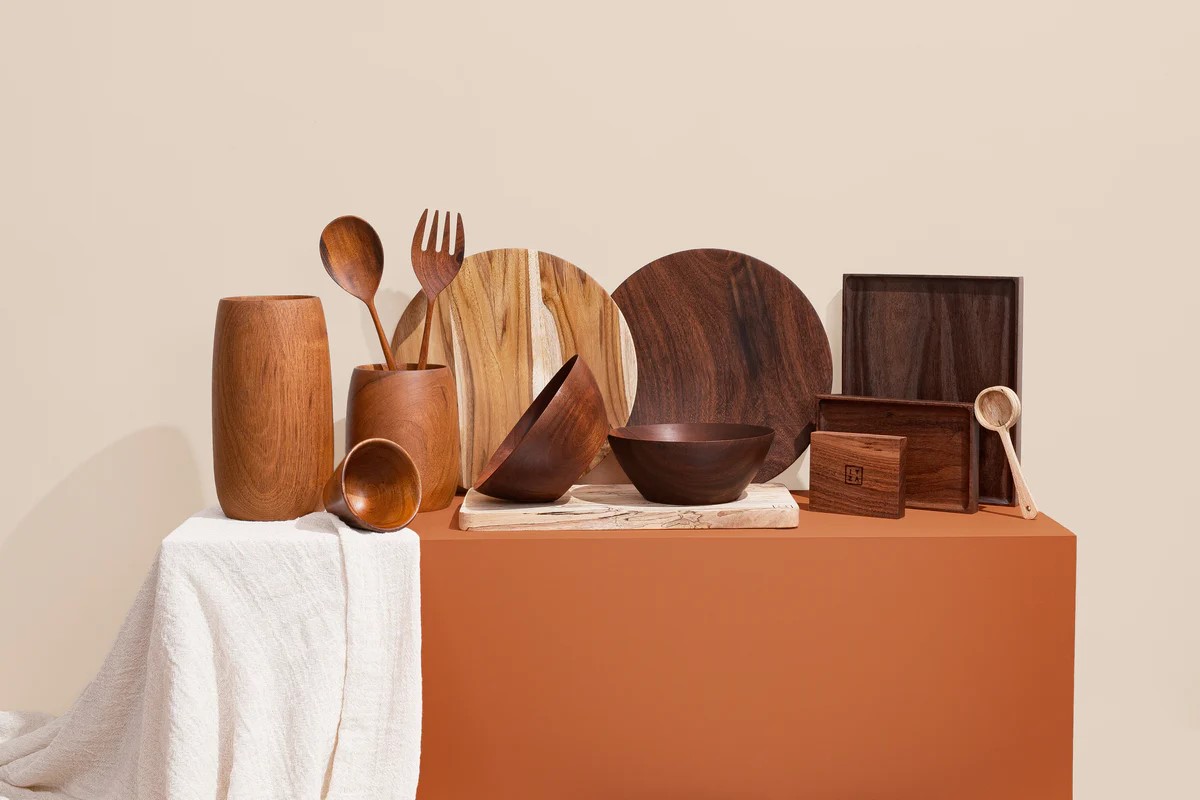
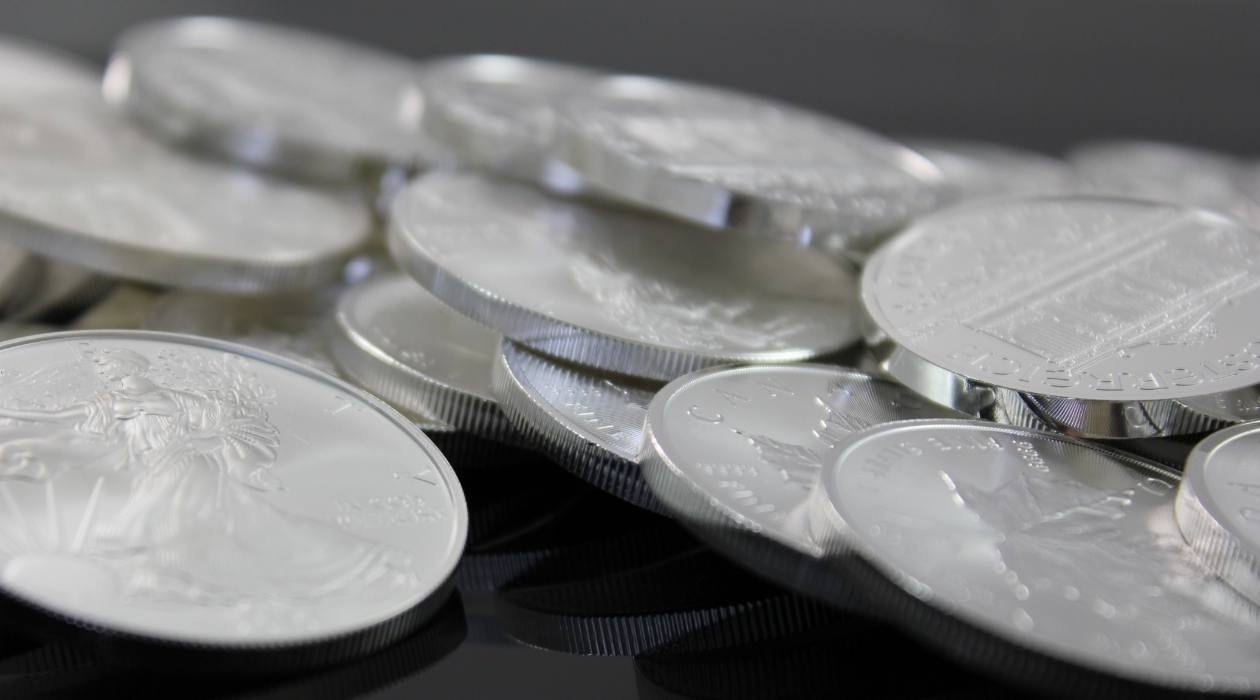

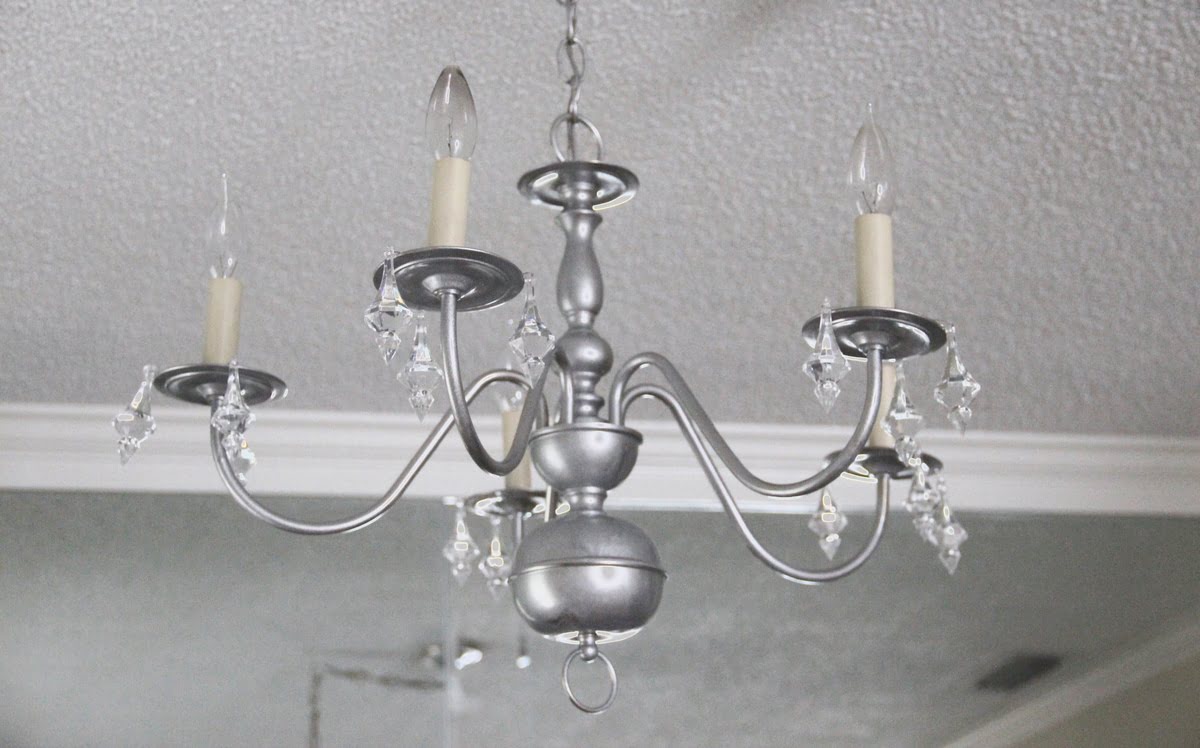
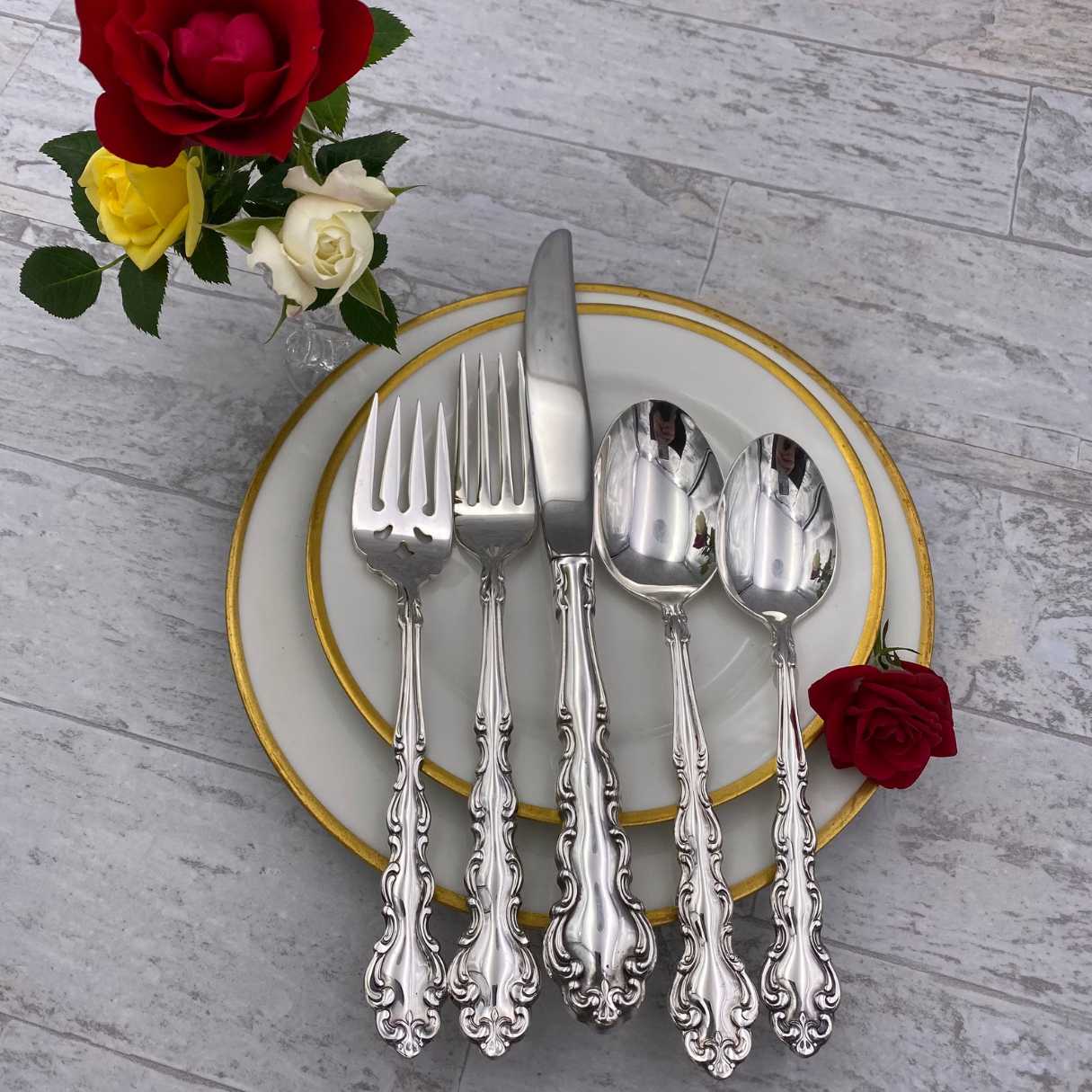

0 thoughts on “How To Care For Sterling Silver Tableware”